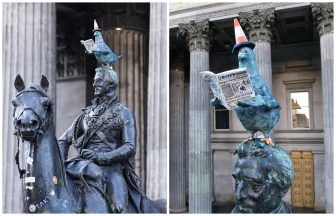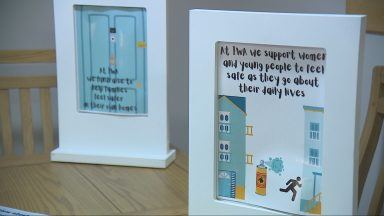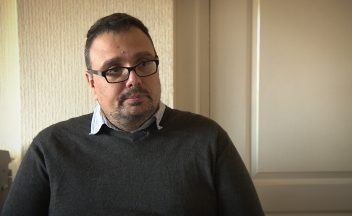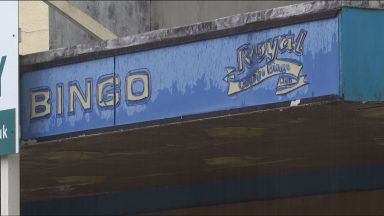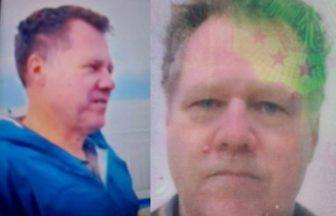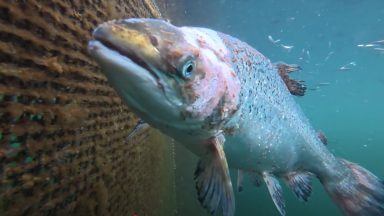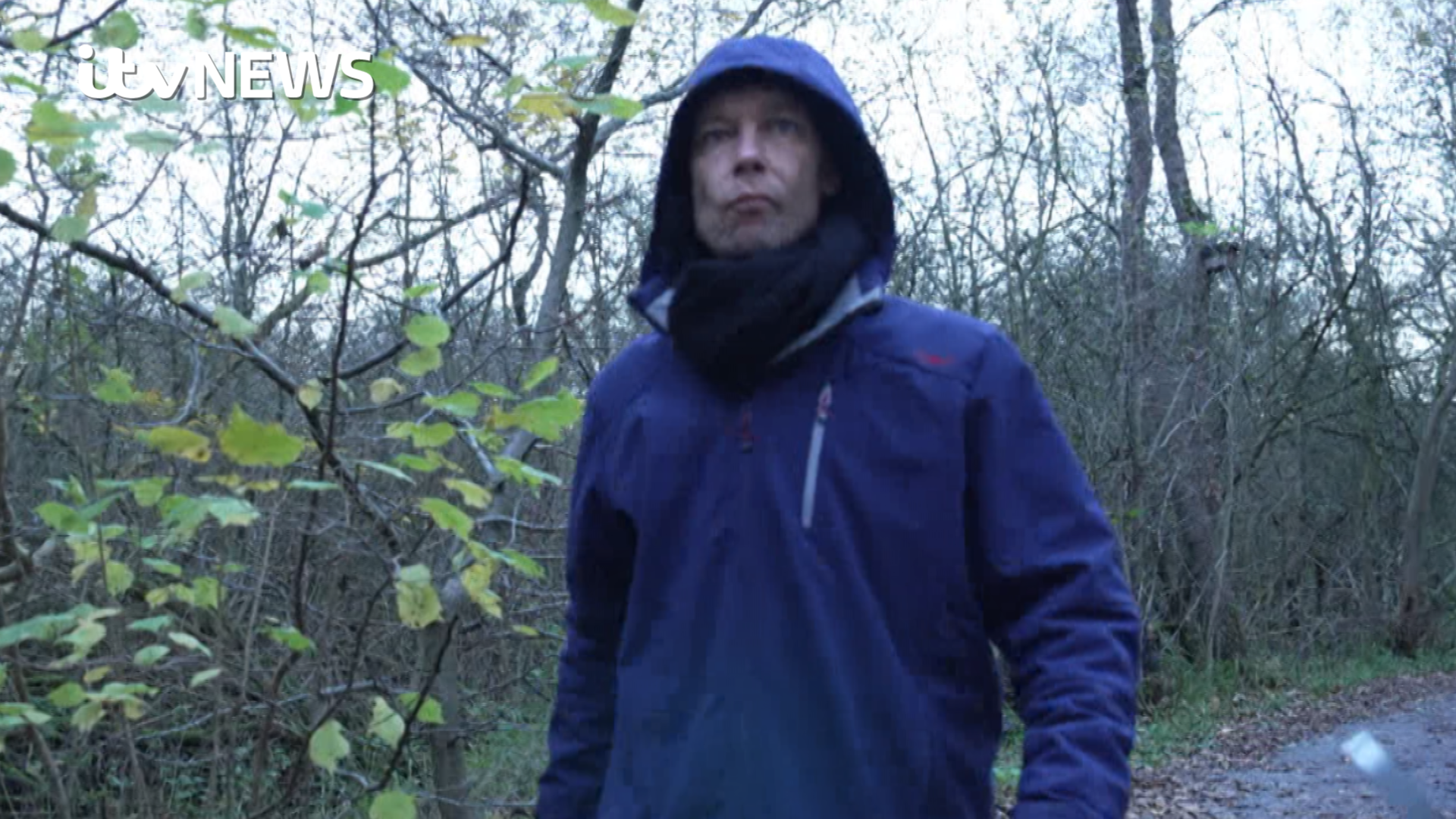A reliquary box containing a skull and bones has been confirmed to be from the same time period as the Orkney saint it is said to contain.
Research by the UHI Archaeology Institute suggests the wooden box and its contents, believed to be the remains of St Magnus, fits the timeframe of the 12th-century Earl’s death.
The box was recovered in March 1919 during extensive renovation work at St Magnus Cathedral.
Within it were human bones, with the skull showing clear signs of injury.
This led to the remains being heralded as that of Saint Magnus, murdered at Easter in 1116, 1117 or 1118.
Despite this, there was always the possibility that the box and its contents were from a later period, perhaps introduced to cash in on the medieval pilgrim trade.
The wooden reliquary may have alternatively have been fashioned to protect the relics when they were hidden in the cathedral pillar before the 16th-century Scottish Reformation.
But a radiocarbon date secured from the box now suggests it, and by extension the bones, fit the timeframe of St Magnus’ demise.
Jenny Murray, a curator at the Shetland Museum and Archives, has been researching Magnus Erlendsson for her PhD, examining the physical traces of his cult in the North Atlantic.
Expanding on research carried out by the UHI Archaeology Institute’s Dr Sarah Jane Gibbon, Jenny has been recording sites related to St Magnus and the surviving artefacts associated with his veneration.
As part of this, she was drawn to the reliquary that once held Magnus’ relics.
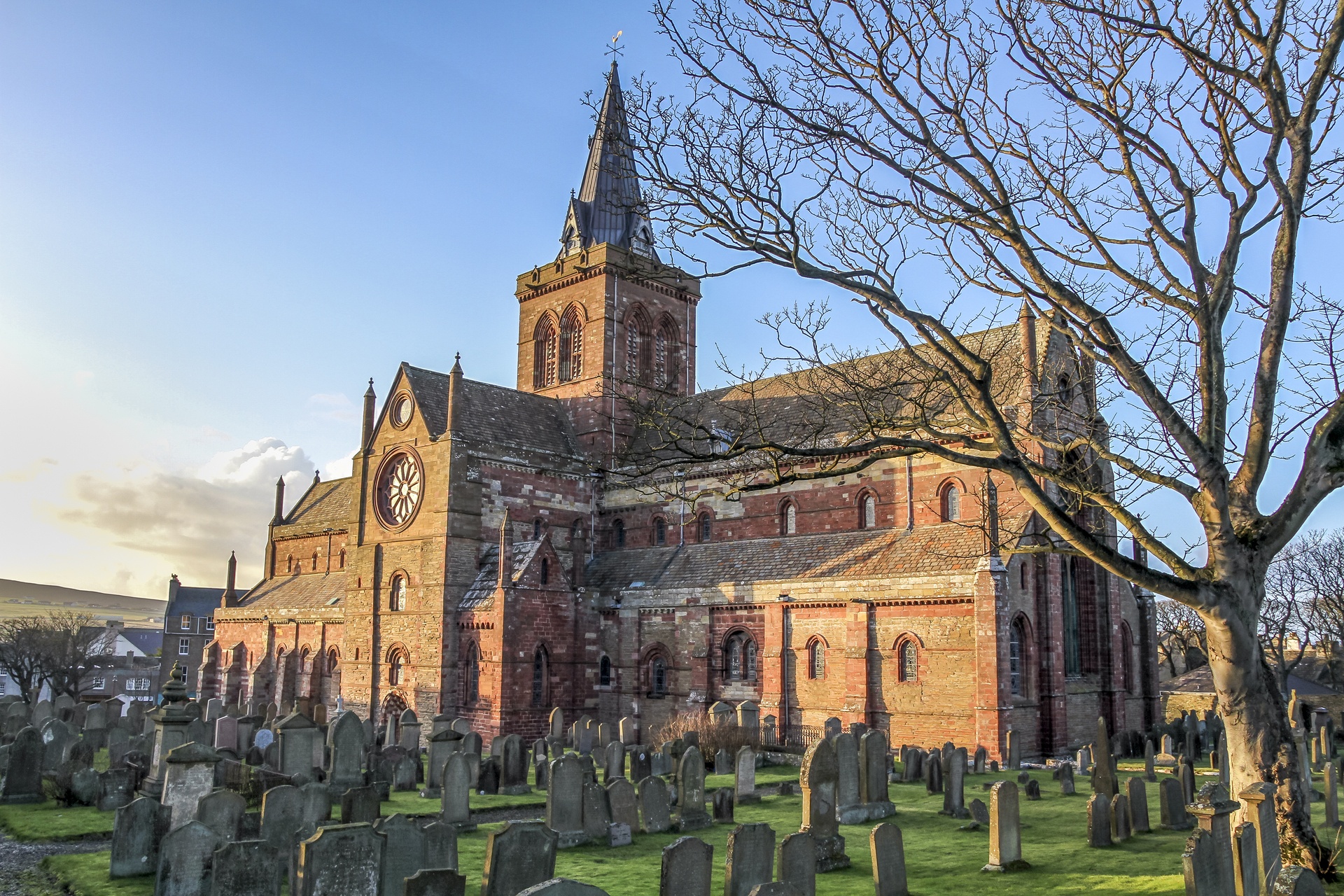 UHI Archaeology Institute
UHI Archaeology InstituteJenny explained: “Funding from the Orkney Archaeology Society allowed me to obtain a radiocarbon date from a small sample of the box lid.
“This revealed the tree used to construct the box was most likely felled between 1034 and 1168 AD.
“This is hugely important on many fronts – it may be Scotland’s earliest surviving wooden reliquary but also strongly suggests that the box was original to the translation of St Magnus’ relics into the cathedral around 1150 AD, where it remained until 1919.”
Although the bones were reinterred in the cathedral pillar, the box is now displayed at Kirkwall’s Orkney Museum.
She added: “There’s also the strong possibility that the box was fashioned around the time that Magnus’ bones were moved from Birsay to Kirkwall to await the opening of the cathedral.”
According to the Orkneyinga saga, Magnus’ remains were exhumed around 20 years after his death.
They were washed, tested in consecrated fire and, on St Lucy’s Day, “enshrined and placed above the altar” at Christchurch, Birsay.
But, in a dream, Magnus declared he wanted his mortal remains moved to Kirkwall.
The saga states that Bishop William “led a grand procession east to Kirkwall, taking along with them the holy relics of Earl Magnus, and placed the reliquary above the high altar of the church that stood there at that time”.
That temporary destination was the little church of St Olaf, where “a Good many miracles happened there immediately after these events”.
Some years later, around 1150, the saint’s relics were moved again to the cathedral that had been raised in his honour.
The box, which is 74.5cm long, 25.7cm wide and 17.6cm high, was identified as being made from Scots pine in 1926.
This was confirmed by Associate Professor Scott Timpany of the UHI Archaeology Institute, who also extracted and prepared the timber sample for radiocarbon dating.
Follow STV News on WhatsApp
Scan the QR code on your mobile device for all the latest news from around the country


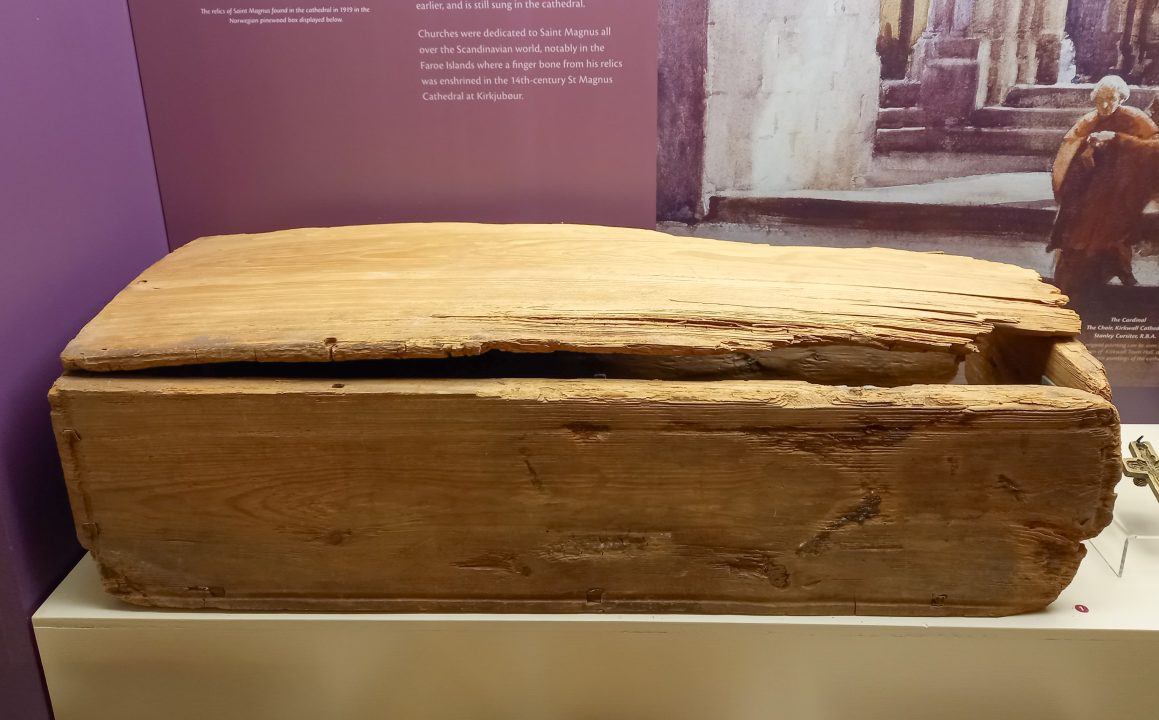 UHI Archaeology Institute
UHI Archaeology Institute





